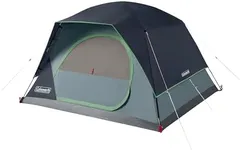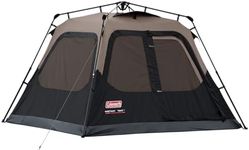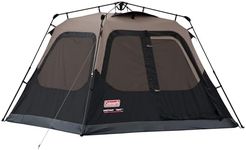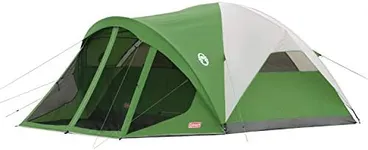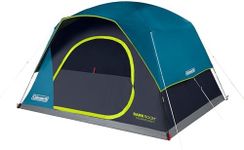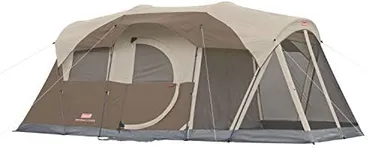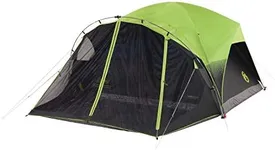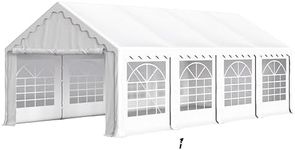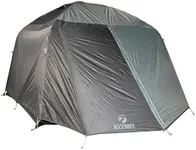Buying Guide for the Best Tall Tent
Choosing the right tall tent can make a significant difference in your camping experience. A tall tent provides more headroom, making it easier to move around and more comfortable for extended stays. When selecting a tall tent, consider the key specifications that will impact your comfort, convenience, and overall satisfaction. Here are the essential specs to consider and how to choose the best fit for your needs.HeightHeight is the primary feature of a tall tent, referring to the maximum interior height. This spec is important because it determines how much headroom you have, which can make the tent feel more spacious and comfortable. Tents with heights around 6 feet or more are considered tall. If you plan to stand up and move around inside the tent, look for a height that matches or exceeds your own height. For taller individuals or those who prefer more vertical space, opt for tents with heights of 7 feet or more.
Floor AreaThe floor area of a tent refers to the total space available on the ground inside the tent. This is important because it determines how many people can sleep comfortably and how much gear you can store inside. Floor areas can range from small (50-70 square feet) for 2-3 people to large (100+ square feet) for families or groups. Consider how many people will be using the tent and how much space you need for sleeping and storing gear. If you prefer more room to move around, choose a tent with a larger floor area.
Number of RoomsSome tall tents come with multiple rooms or dividers, which can provide privacy and organization. This spec is important for families or groups who want separate sleeping areas or a designated space for gear. Tents can have one large room or multiple smaller rooms. If you value privacy or need to separate sleeping areas, look for tents with multiple rooms or room dividers. For solo campers or couples, a single-room tent may be sufficient.
VentilationVentilation refers to the tent's ability to allow air to flow in and out, which helps reduce condensation and keeps the interior comfortable. This is important for maintaining a pleasant environment inside the tent, especially in warm or humid conditions. Ventilation features can include mesh windows, roof vents, and ground vents. If you plan to camp in hot or humid climates, look for tents with ample ventilation options. For cooler climates, ensure the tent has adjustable ventilation to manage airflow as needed.
Weather ResistanceWeather resistance refers to the tent's ability to withstand various weather conditions, such as rain, wind, and snow. This is important for ensuring you stay dry and comfortable during your camping trip. Weather resistance features can include waterproof materials, sealed seams, and sturdy poles. If you plan to camp in areas with unpredictable weather, look for tents with high weather resistance ratings. For fair-weather camping, a tent with basic weather protection may suffice.
Setup EaseSetup ease refers to how simple and quick it is to pitch the tent. This is important for reducing frustration and saving time, especially if you arrive at your campsite late or in bad weather. Setup ease can be influenced by the tent's design, pole system, and included instructions. If you are a beginner or prefer a hassle-free setup, look for tents with color-coded poles, simple designs, and clear instructions. Experienced campers may be comfortable with more complex setups.
WeightWeight refers to how heavy the tent is when packed. This is important for portability, especially if you need to carry the tent over long distances. Tent weights can range from lightweight (under 10 pounds) for backpacking to heavy (over 20 pounds) for car camping. If you plan to hike to your campsite, choose a lightweight tent that is easy to carry. For car camping or short walks from your vehicle, a heavier tent with more features may be acceptable.
